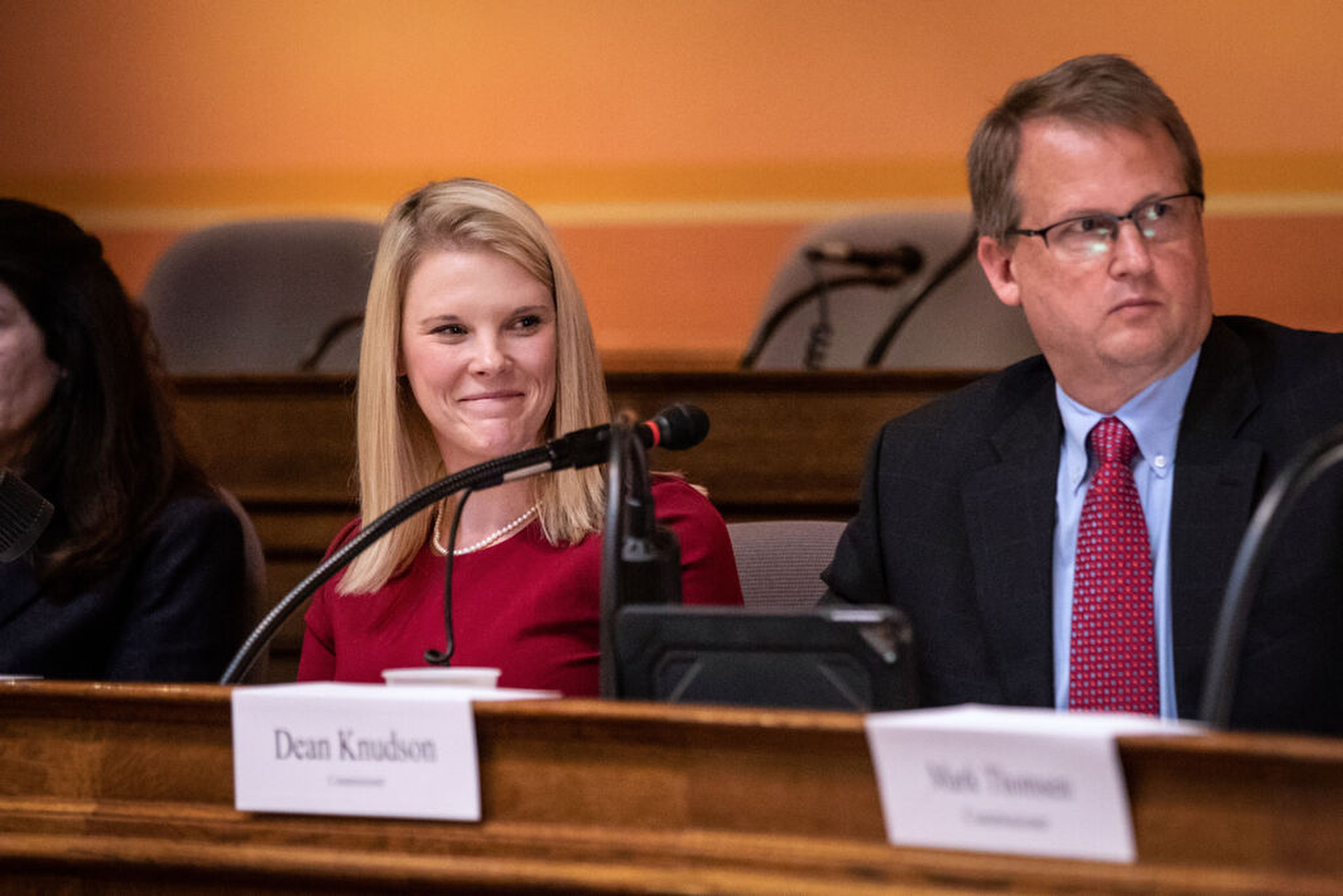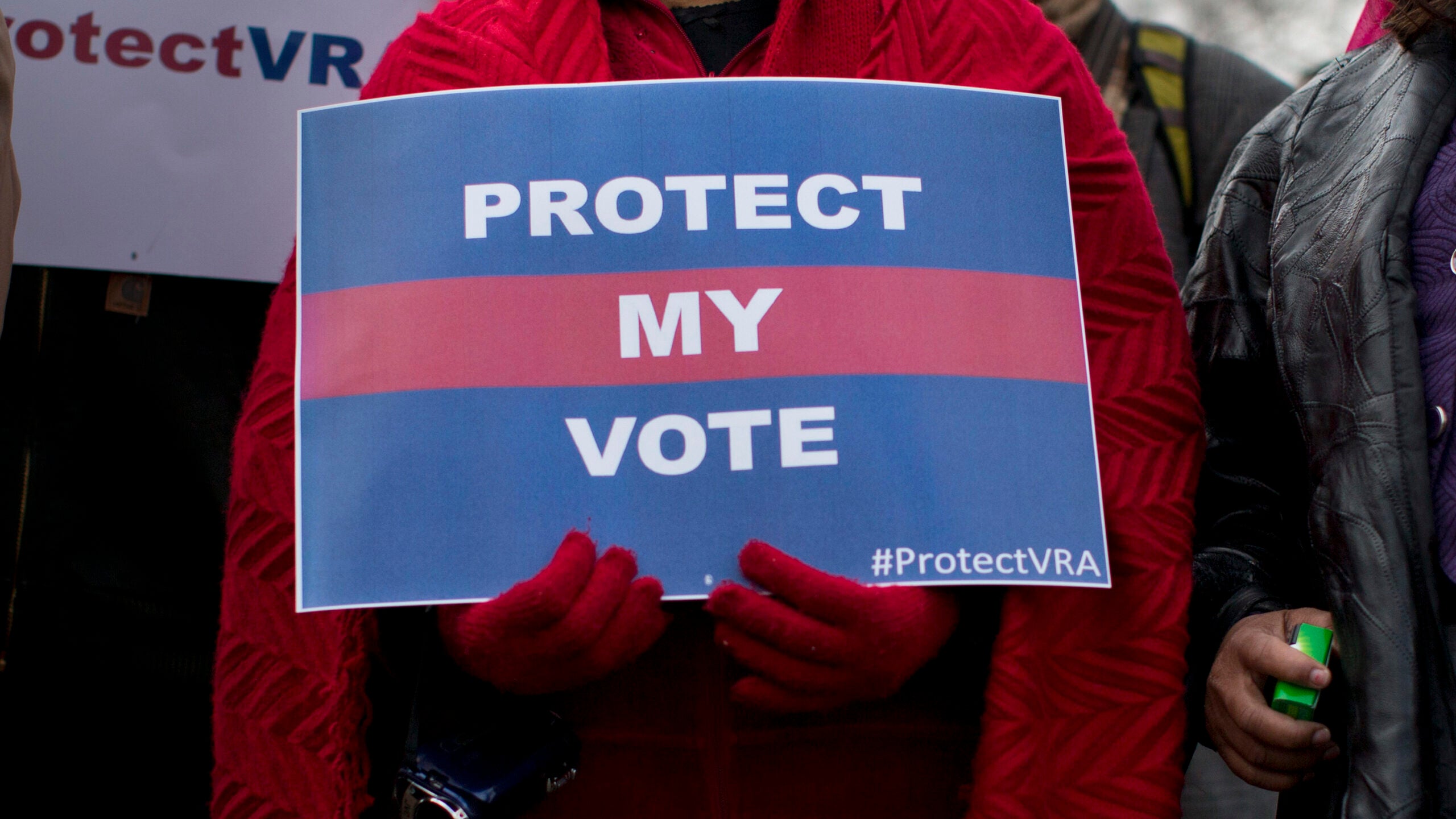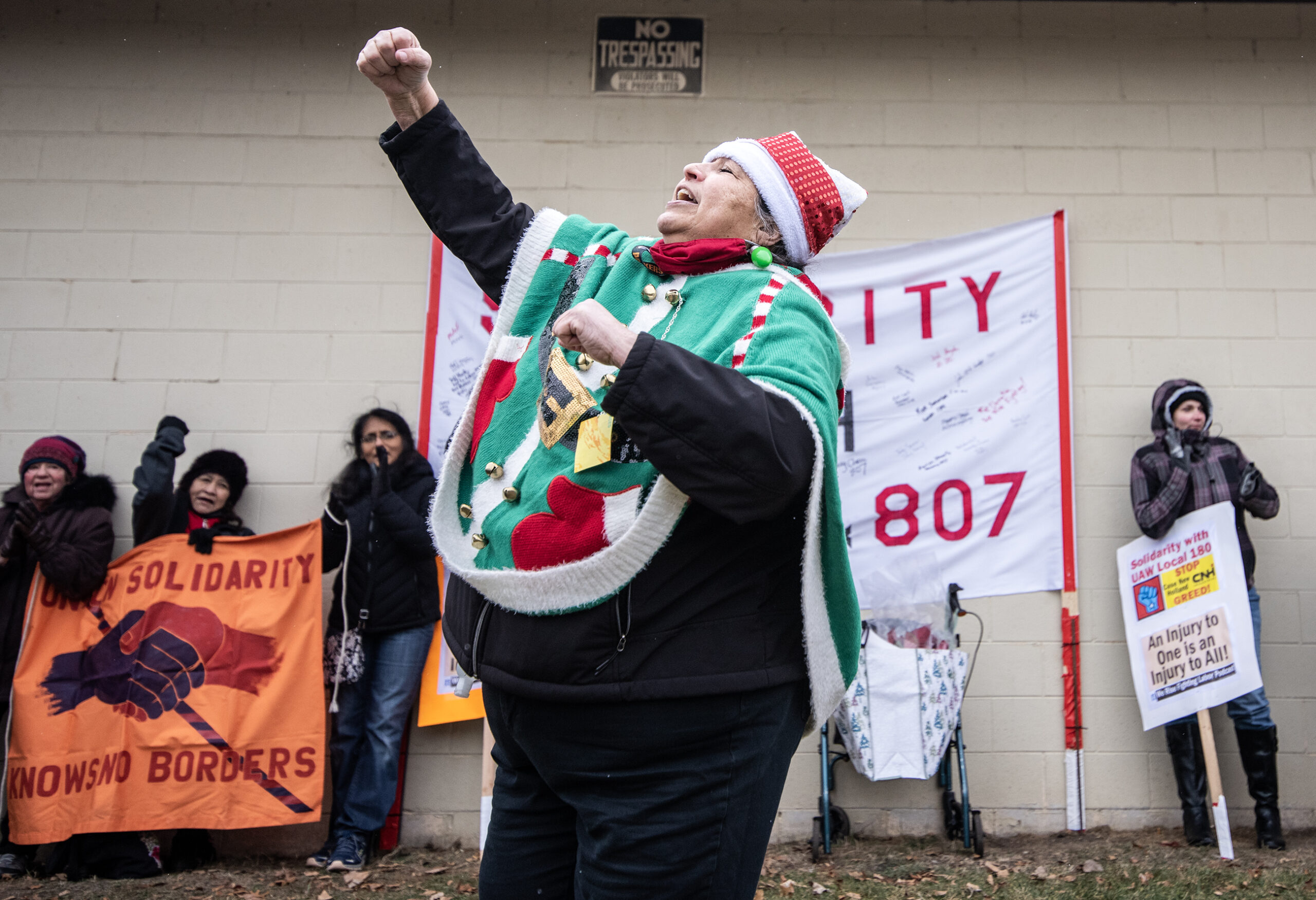United States federal housing officials are looking to change a 2015 rule that aims to identify and tackle obstacles to fair housing. Some Wisconsin housing advocates have raised concerns about what changes could mean for desegregation efforts, while others are open to improvements.
The 2015 Affirmatively Furthering Fair Housing rule required municipalities and housing authorities receiving U.S. Department of Housing and Urban Development funds to identify loopholes that allowed housing discrimination. It also asked them to take action to come up with plans to eliminate historic patterns of segregation.
Municipalities and housing agencies would do so through Assessments of Fair Housing. HUD would provide integration and segregation data it had for municipalities and agencies to use in their analyses.
Stay informed on the latest news
Sign up for WPR’s email newsletter.
But the rule’s standing has been in a state of flux since January, when HUD suspended enforcement. In May, the agency got rid of a computer tool meant to help with the assessment and last Monday, HUD Secretary Ben Carson announced his intention to change the rule.
HUD’s new goals, according to the agency, include changing the rule to more efficiently use department resources and reduce the regulatory burden of entities that use HUD funds.
In Wisconsin, some housing officials said they welcomed ways to strengthen the Fair Housing Act of 1968, which aimed to prevent housing discrimination. But they also said the rollout of the new rule came with burdensome data collection requirements and no additional funding.
Ken Barbeau, director of community programs and services with the Housing Authority of the city of Milwaukee, said some of the mapping tools eventually rolled out by HUD were also difficult to learn.
“Obviously, there were improvements that needed to be done in fair housing. One has to weigh that against the amount of effort and burden that placed on especially those small housing authorities in rural areas,” Barbeau said, adding he’s open to improvements.
Sarah Boss, executive director of the Walworth County Housing Authority, an agency with five employees tasked to help more than 300 families, expressed similar concerns about administrative requirements.
“I know from our perspective, processing and compiling that information and that plan was definitely an administrative burden,” Boss said. “A lot of time there’s also a cost associated with that evaluation of information.”
But Boss also said she supports the rule’s intent to prevent housing discrimination.
Other Wisconsin housing advocates worry opening up the rule to changes could result in weakening efforts to eliminate housing segregation and other discriminatory practices.
Kori Schneider-Peragine with the Metropolitan Milwaukee Fair Housing Council said the rule allows counties to ask cities about particular zoning rules, which could be impediments to fair housing for example zoning that doesn’t allow for multi-family housing.
Schneider-Peragine said the rule would have the county ask the city to see what it could do.
“Because (zoning) has a disparate impact on persons of color or persons with disabilities,” Schneider-Peragine said. “So when you take away that Affirmatively Furthering Fair Housing it takes away any kind of obligation for the communities to take those kinds of steps.”
People can weigh in on changes by mail or online.
Wisconsin Public Radio, © Copyright 2024, Board of Regents of the University of Wisconsin System and Wisconsin Educational Communications Board.






